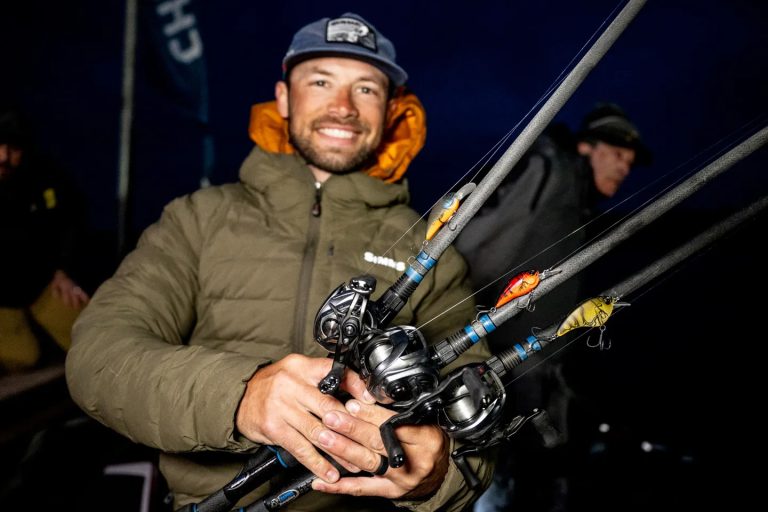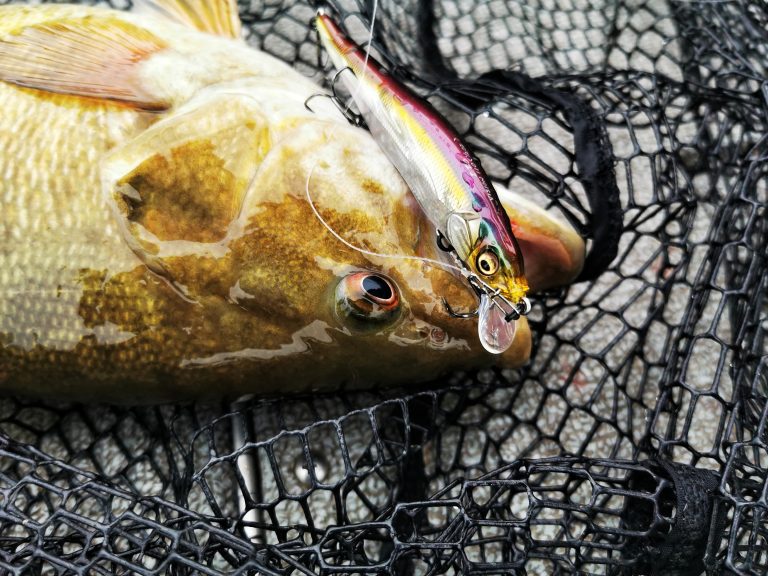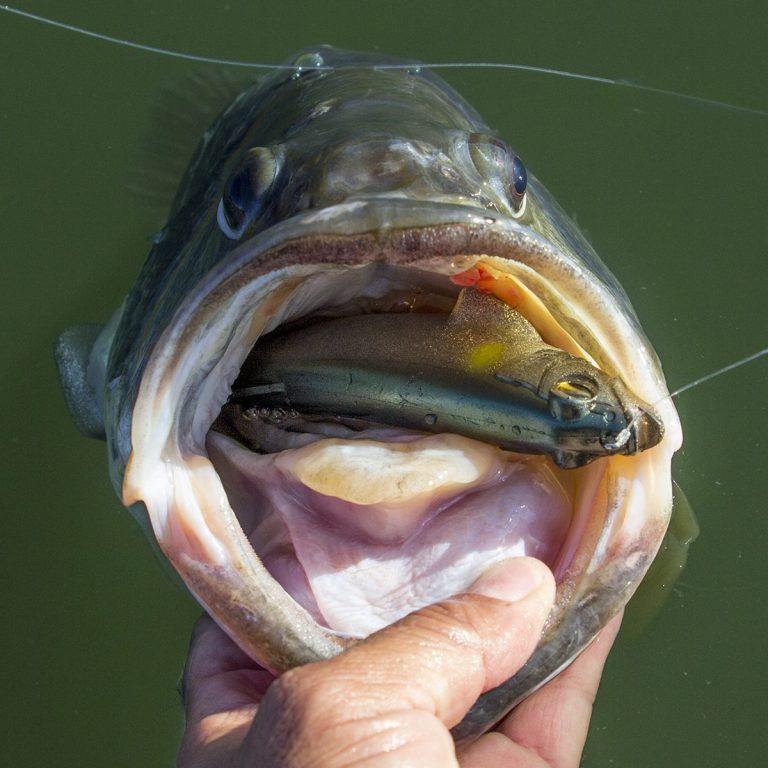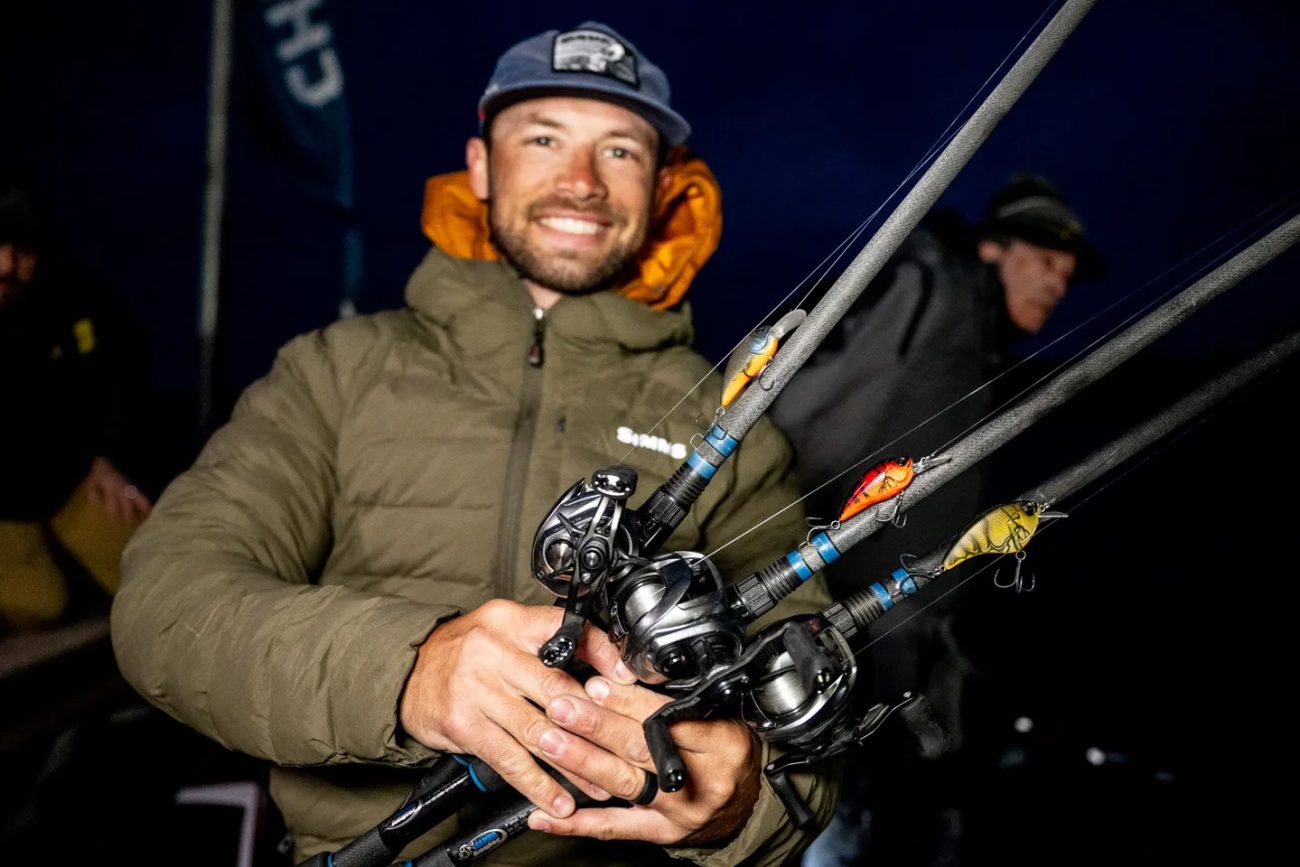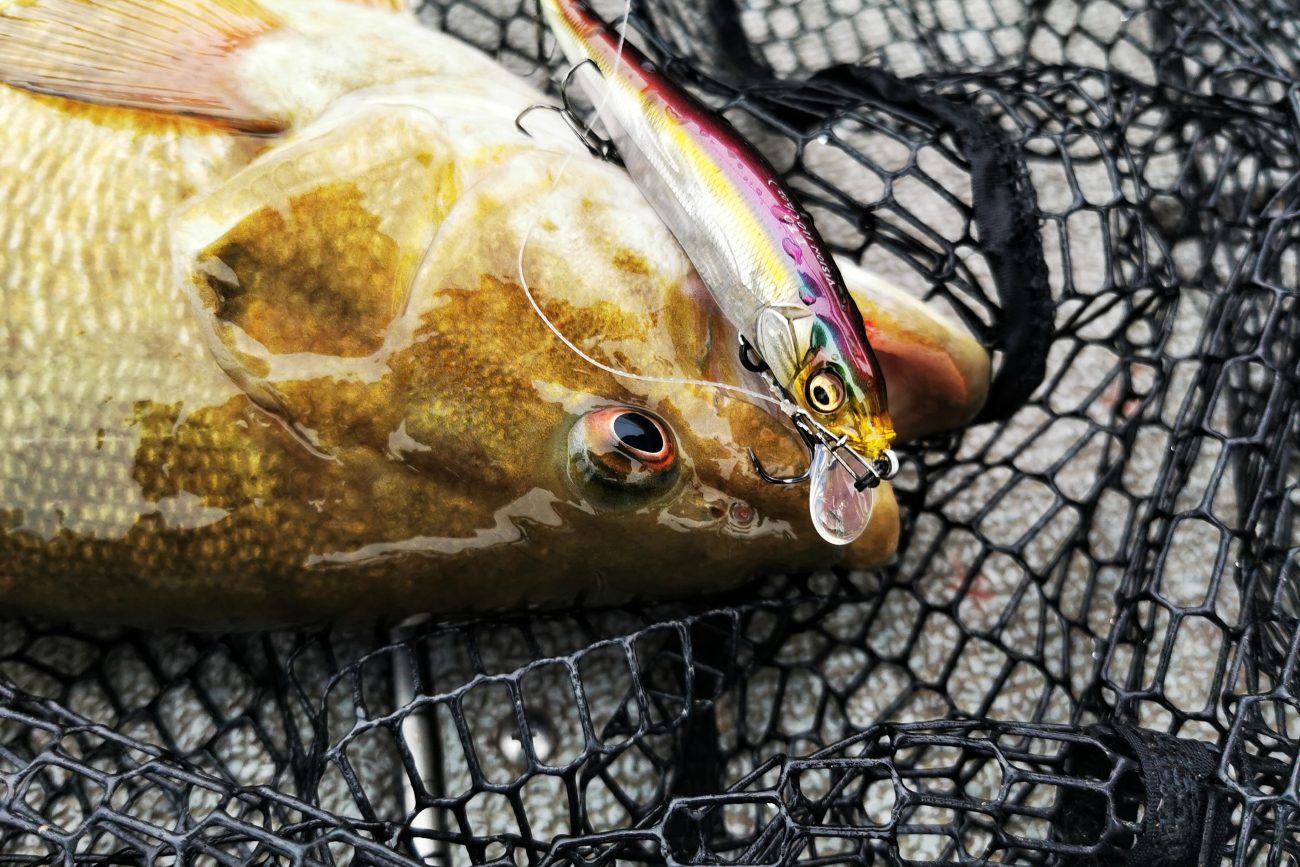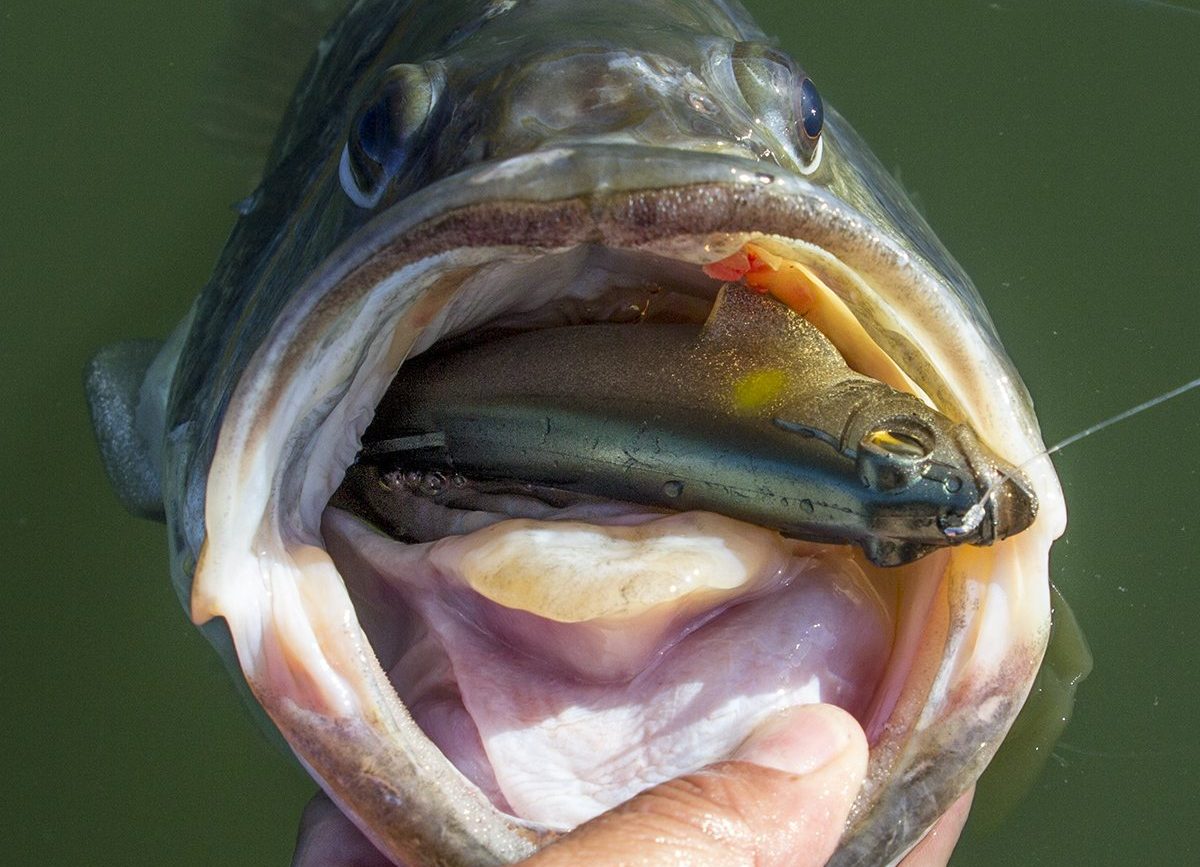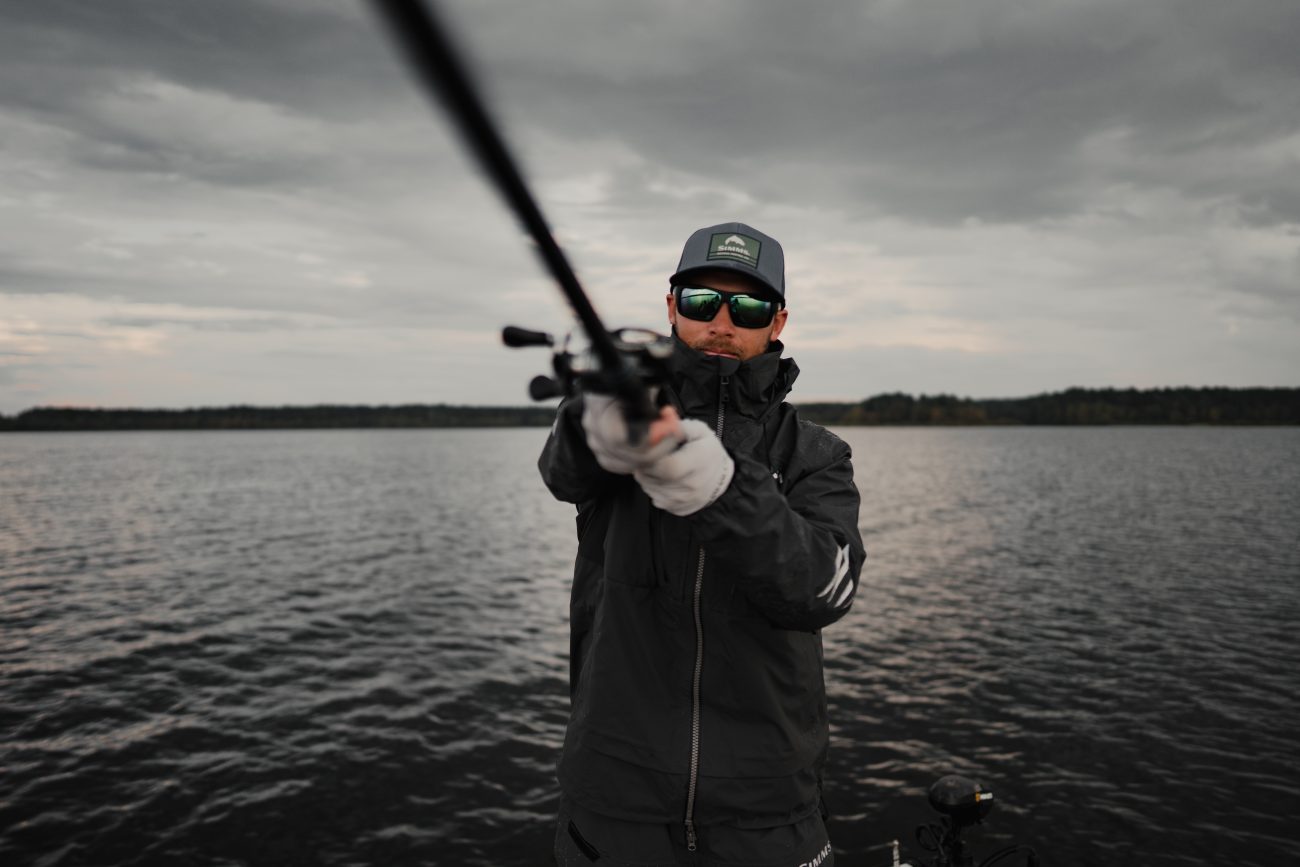Veteran Missouri bass pro Randy Blaukat had a front-row seat for two critical inflection points in jerkbait fishing history: First, by virtue of geography, he learned from some of the old Ozarks masters how to customize and fish some of the original lures of the genre; and second, by virtue of his relationship with Japanese manufacturer Megabass, he helped to push for the development of the VISION ONETEN, a category-defining tool, in the early 1990s. When it finally became widely available, it turned novices into reasonably competent jerkbait anglers, and it turned experts like Blaukat into vacuum cleaners.
While the genre hasn’t changed substantially since then, top jerkbait anglers – even those who’ve been all-in on it for decades like Blaukat – have learned that it’s a more versatile tool than previously thought. In particular, it’s not just a pre-spawn tool.
“People used to only use it in the late winter and early spring,” he said. “Nobody fished it other than the pre-spawn. They’d put it up the first week of April.”
Thirty years later, it remains the most popular jerkbait in the catalog, albeit one with some offspring that accomplish different goals. Even the long-time users are still learning what it’s capable of doing.
The Early Days of Ozark Jerkbaiting
It wasn’t just scarcity and novelty that made the VISION ONETEN so effective. It was like racing a Formula One car against a Model T. The technology and level of precision just wasn’t there in the early days, as Blaukat saw as a member of Missouri’s Big Mo Bass Club in the mid- to late-1970s.
“There were a few guys in the club that were adding solder to old Spoonbill Rebels,” he recalled. This was even back before the Rogues were out. Table Rock was loaded with flooded cedar trees. If those guys did not catch at least a 7-pounder, it was an exception to the rule. It was especially hot from about 1976 to 1983, and that’s when people started finding out about it.”
At that point, two other lures entered the picture: The medium-billed Smithwick Rogue and the Bomber Long A. Out of the package, neither one performed the way that jerkbait afficionados preferred, but thus came the rise of custom painters and craftsmen who could perfectly weight them to suspend. Even then, however, consistency and performance were lacking.
“The quality control was terrible,” Blaukat recalled. “They had cheap components and a lot of them would leak. Ninety-nine percent of them would run crooked, and if you tried to adjust them you’d mess up the eye. If you got one that worked properly and you had it custom painted, you held onto it for dear life.” Even with the introduction of two other lip options in the Rogue, most anglers fished the medium-diving model the most, but there were serious color limitations and the hardware remained far from ideal.
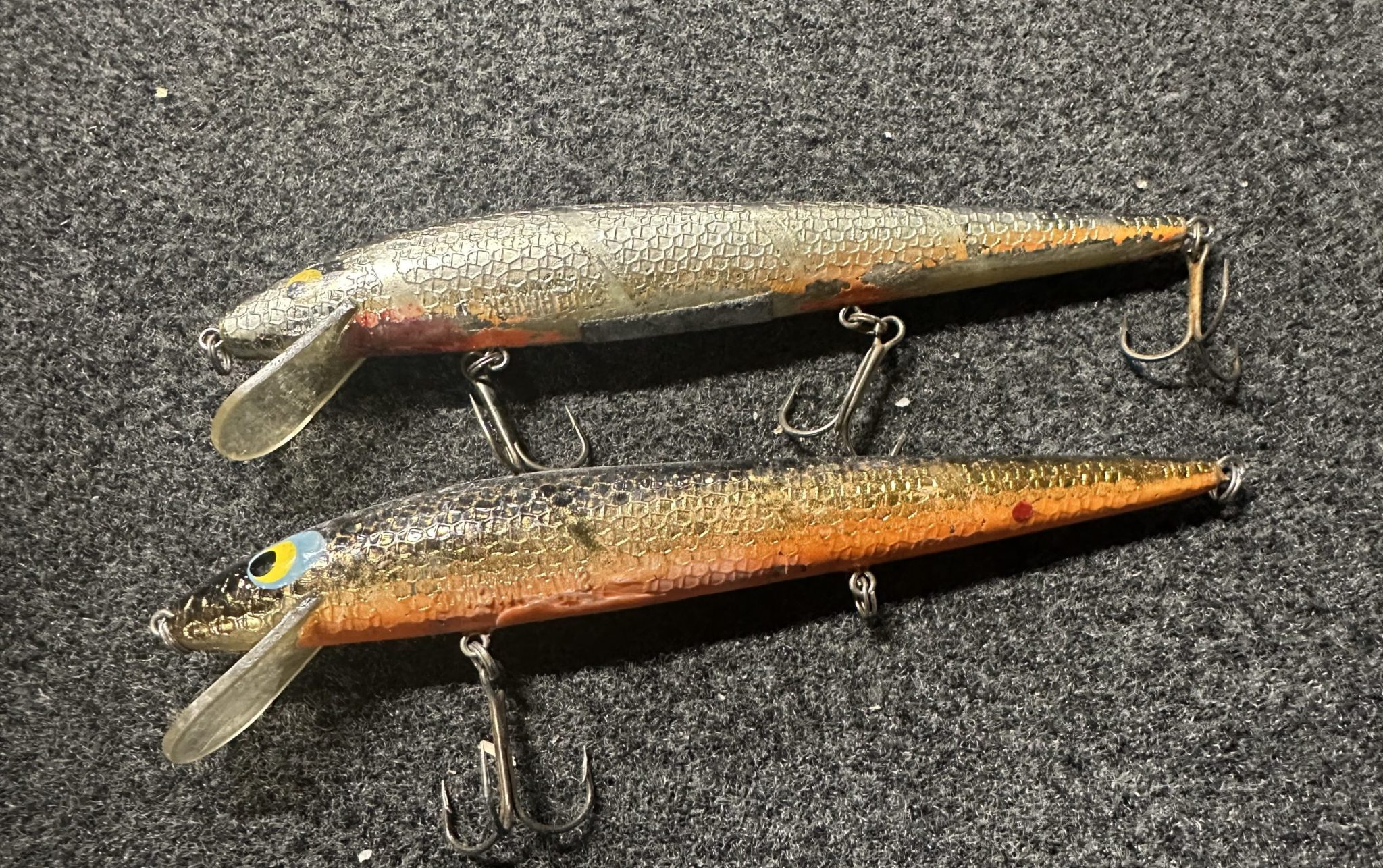
The Development of the VISION ONETEN
If his Missouri upbringing was the springboard to a career as a bass pro, Blaukat’s early partnership with Megabass, forged in 1992, brought that career to another level. He qualified for five Bassmaster Classics in the 1990s, twice finishing in the top ten, including a third place result at High Rock Lake in 1998.
Masaki Murayama, then the head of the Megabass US footprint, became a close friend who shared ideas with Blaukat and depended upon the young pro for feedback.
“Their hard bait line was pretty limited,” Blaukat said. “But I knew that with their methodology and their technology, if they could design a jerkbait it could be exactly what I needed. I spoke to Yuki Ito and he wanted me to send some of my custom jerkbaits to Japan. I put together a box of about a dozen of the best ones – weighted, drilled out and perfectly custom-painted – and typed out a long dissertation about what I wanted, and the ONETEN came out of that.”
It was an immaculate lure conception, one and done on the design. There have been a few small tweaks in the intervening three decades, but even Blaukat remains amazed that it’s “pretty much unchanged.” It had all of the things that its predecessors did not, including premium hardware, lifelike paint jobs, incredible consistency, and an action that triggered strikes from fish anywhere on the spectrum between lethargic and aggressive.
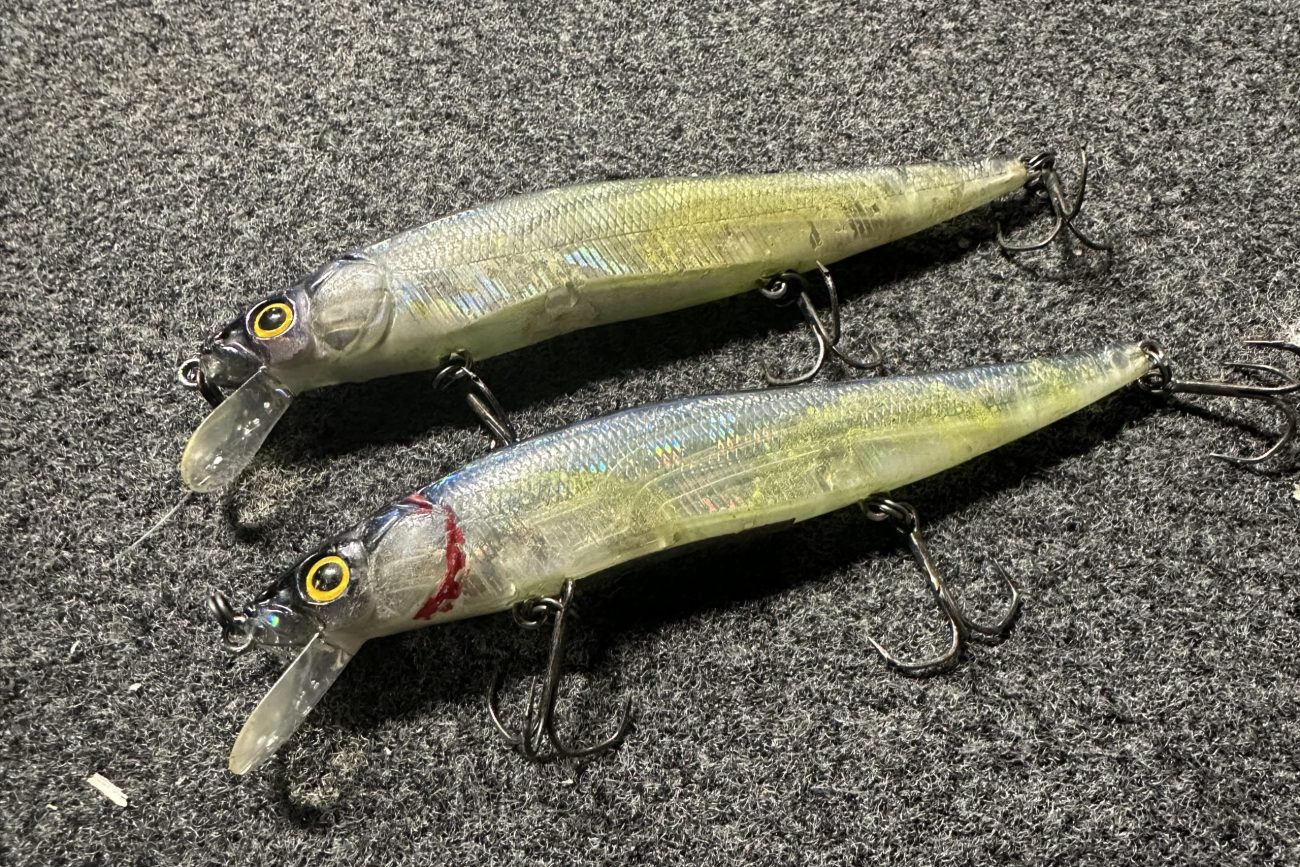

The Tournament Advantage
While Blaukat now realizes the year-round drawing and triggering power of a premium jerkbait, he doesn’t discount the fact that they can be deadly in the pre-spawn period. While he had VISION ONETEN’s before just about anyone in the field, he couldn’t fully harness their power because of the tournament scheduling. “If I could have had that bait for some pre-spawn tournaments on the TVA lakes, or on Toledo Bend in the late 80s or early 90s, I would’ve blown them away.”
It was his closely held “Ace in the Hole” for a while, but a June 2004 Forrest Wood Open on Lake Champlain exposed it. He led through the semifinal round, and the television exposure meant that it was hard to protect anymore.
“Me and maybe Scott Martin were the only two pros on tour who had them,” Blaukat said. “Then it got out on TV – no one could hide them. It gained a quiet little cult following. Lots of guys were using them but not talking about them, but after a while there wasn’t a pro in the country who didn’t have a box full.
Less than a decade later, the secret was fully revealed, and the legend cemented, when just about all of the pros in the top ten at a Beaver Lake FLW Tour event relied on this supposed secret. Even those sponsored by other companies, made it clear what they were using, or didn’t hide it. By that point, even weekend warriors who’d been reluctant to spend more than the typical US production lure cost could no longer resist. There was just one remaining impediment – supplies were limited, especially in key colors, and desperate competitors were often willing to spend $100 or more to get a single Pro Blue VISION ONETEN.
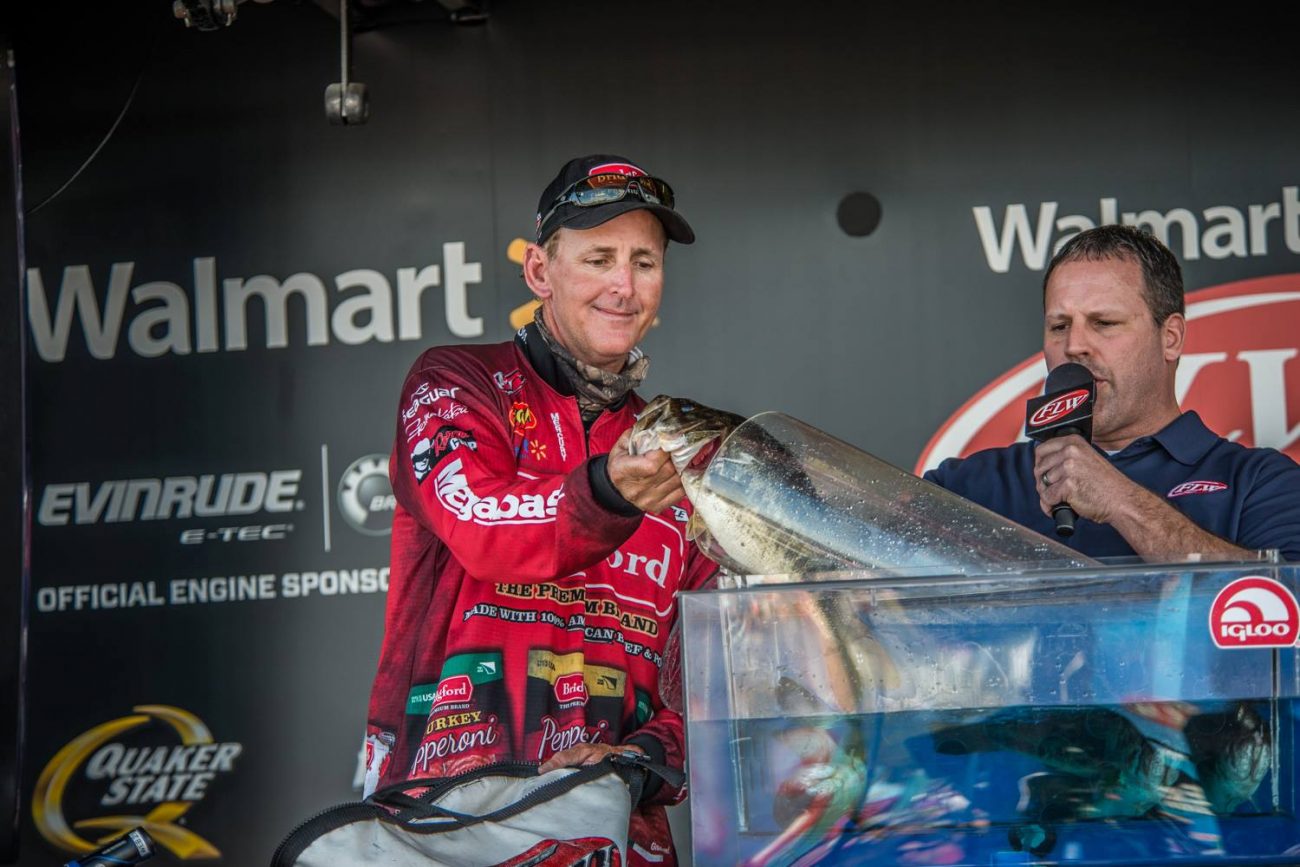
Conclusion
Even after spending thousands of hours studying and refining his approach with the VISION ONETEN family of lures, Blaukat expressed a certain wonderment when describing not only how Yuki Ito got it right in one try, but also how incredibly right he was.
“The main things I’ve come to realize about lures is that it’s not what you think looks good that makes a lure great,” he said. “In every great one there’s something unique about the profile and how it moves through the water. Certain actions are just the random payoff of the universe. It’s not just one thing – it’s a combination of things, from the lip design to the profile to the sounds of the balancers.”
Even with that proper tool, however, there remain misconceptions. One, he said, concerns the float or sink rate versus a truly suspending lure. No one is universally better than the others. It’s totally dependent on factors including water clarity and water temperature. It’s not just about sinking or floating, either, but also a very particular rate of ascent or descent. Beyond that, the main thing is cadence – a combination of twitches, pulls, varying degrees of slack line, jerking, straight reeling, and other manipulations. That’s why Blaukat implores every learning angler to use spinning tackle with the Vision 110 instead of baitcasting gear – it allows proper manipulation when the bait is in the sweet spot, at its deepest point. The additional variables include adjusting lure color, noise considerations and casting angles.
He recognizes that he doesn’t know everything about these lures, but remains inspired to learn and refine his own bank of knowledge.
“Most people try to oversimplify jerkbait fishing,” he said. “But it’s the number one most complicated type of lure that there is. No other category is even close, and most people don’t have the time or the interest to learn it. They go out with two or three colors, 10- or 12-pound line on a baitcaster, and they’re only operating at 25 percent efficiency.”

